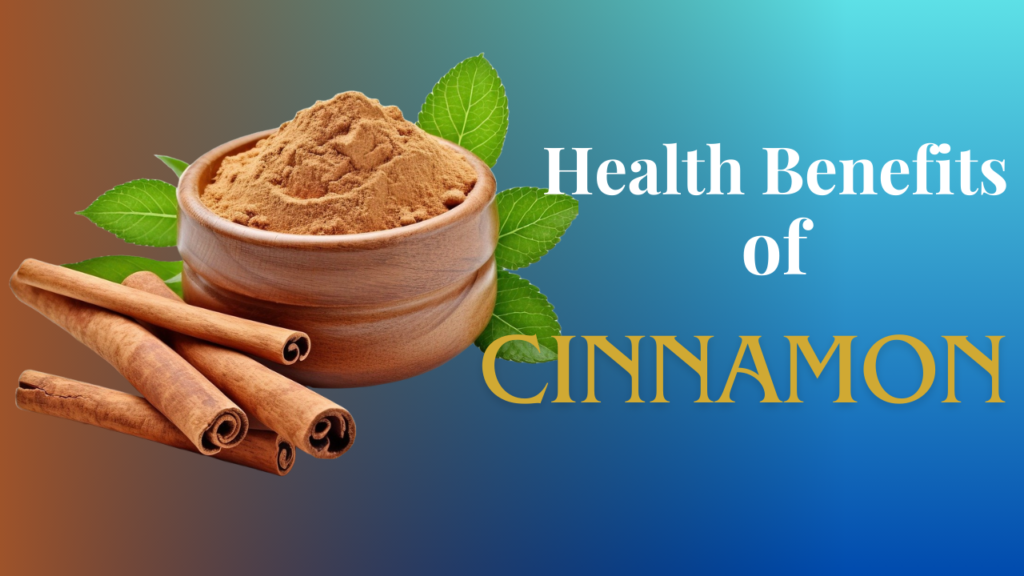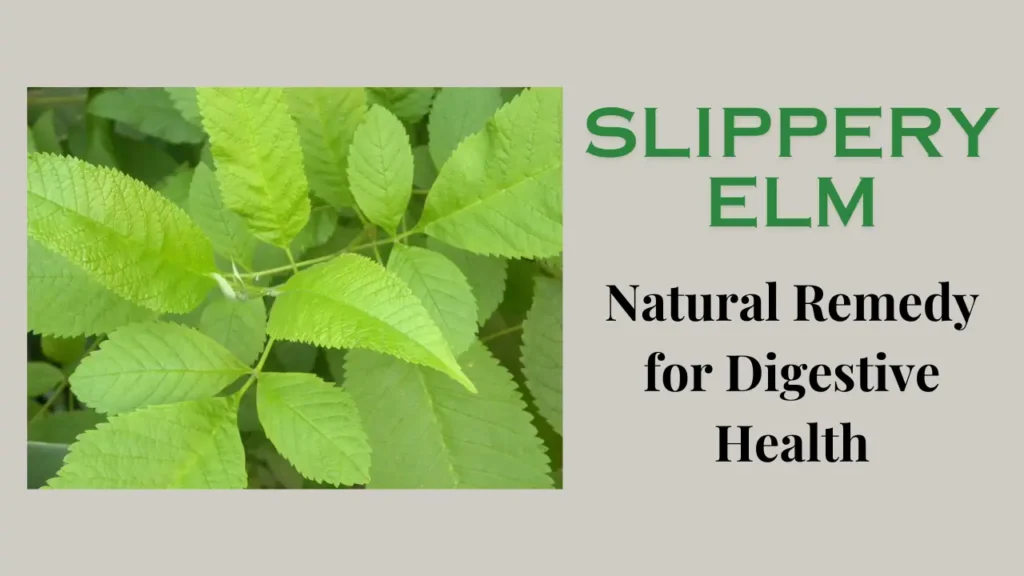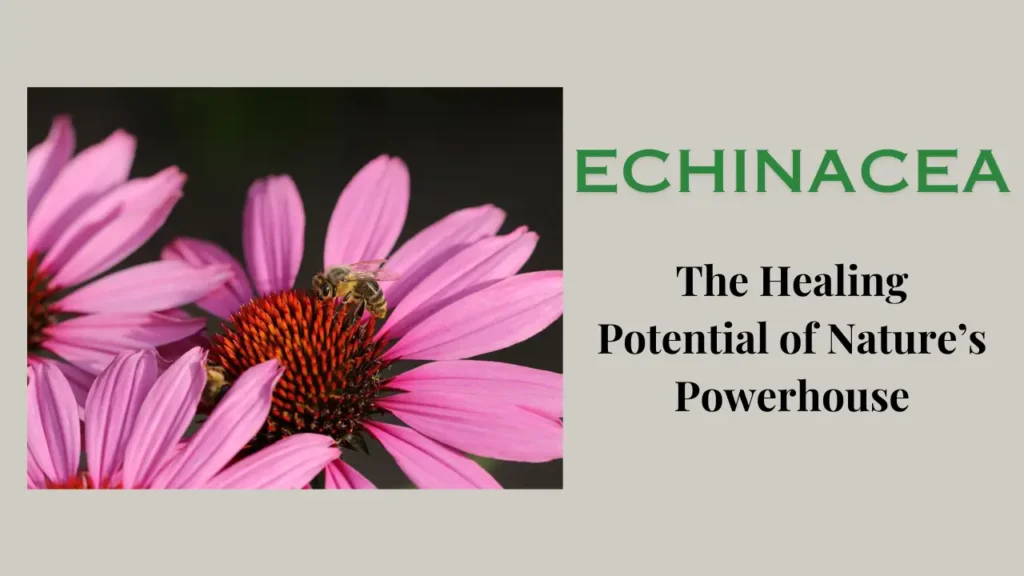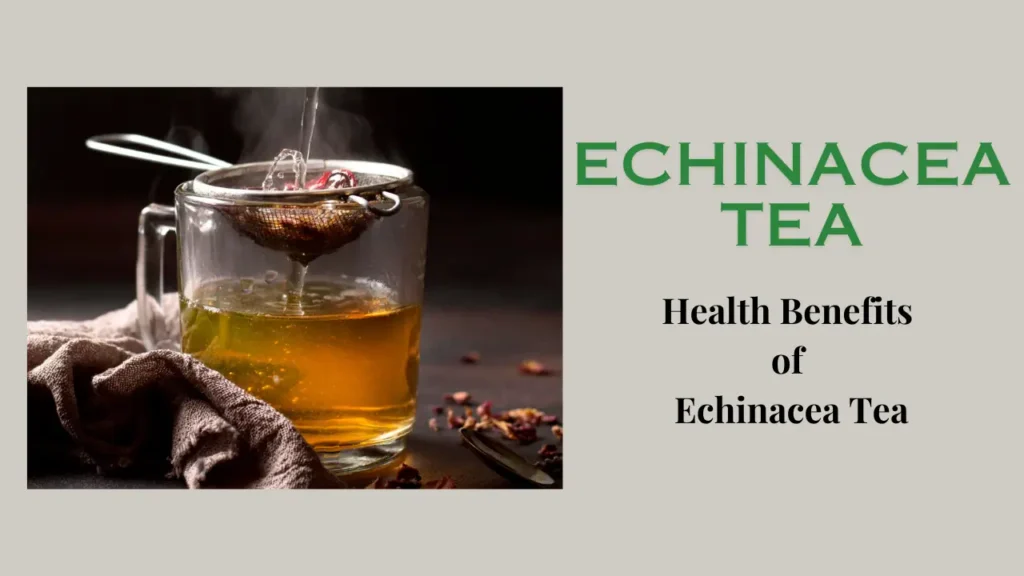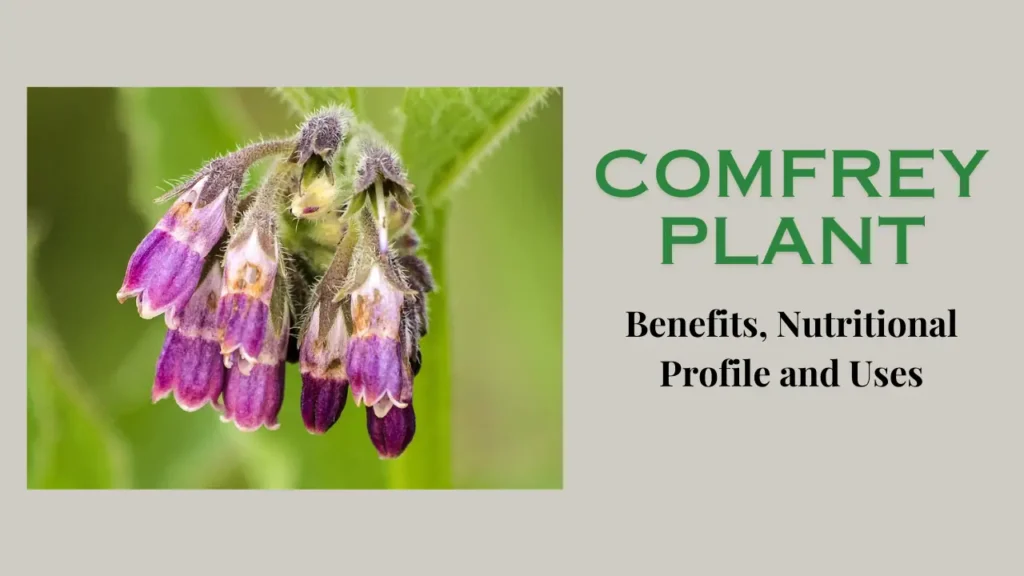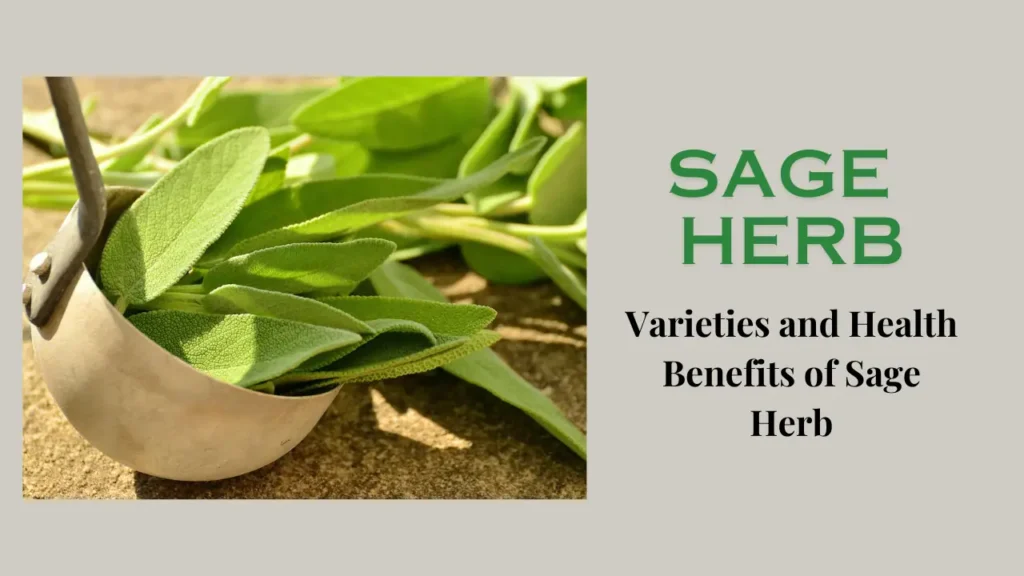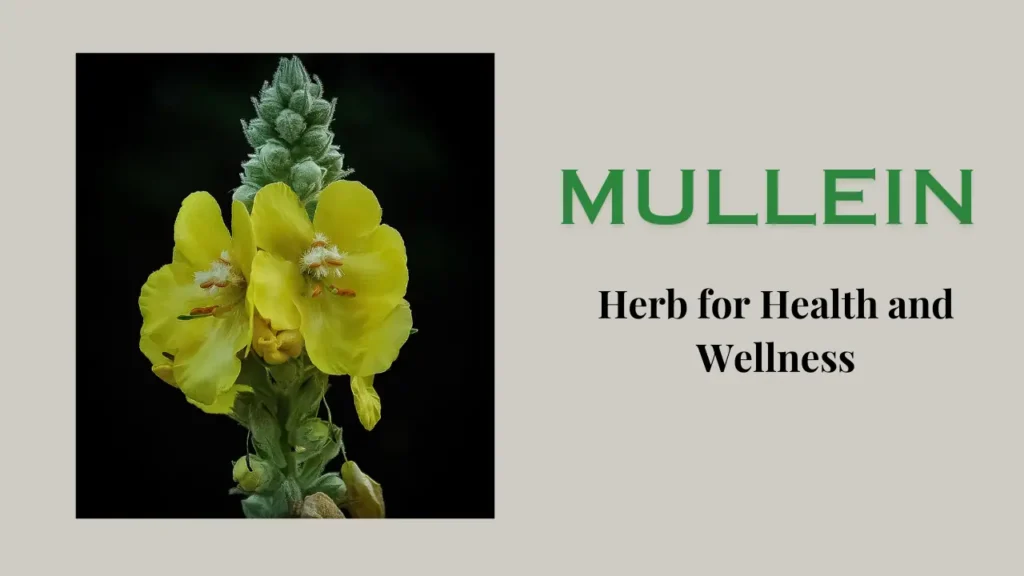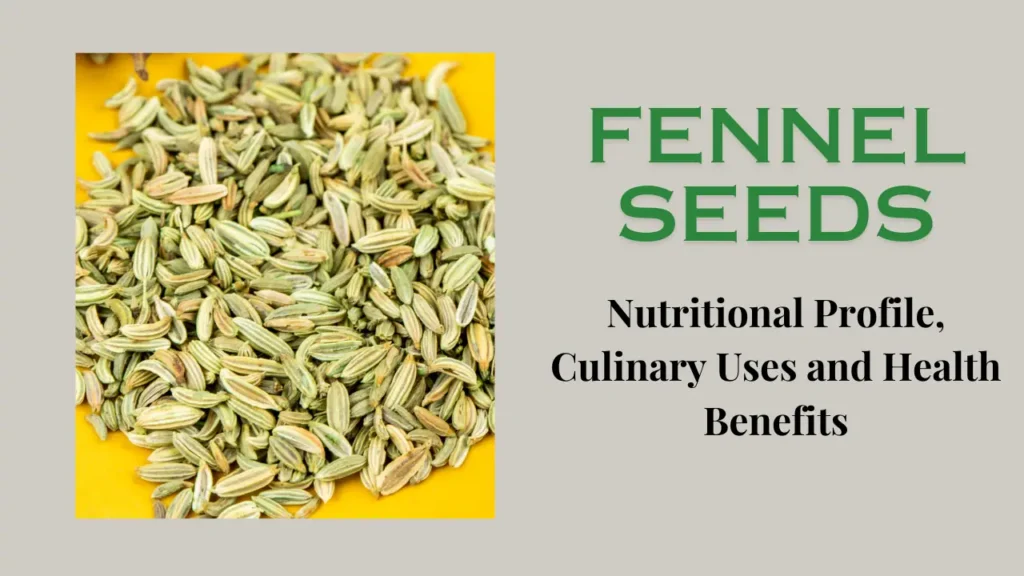Myrrh, scientifically known as Commiphora myrrha. It is a revered resin that has been used in traditional medicine for centuries. In this article, we will learn about it in detail.
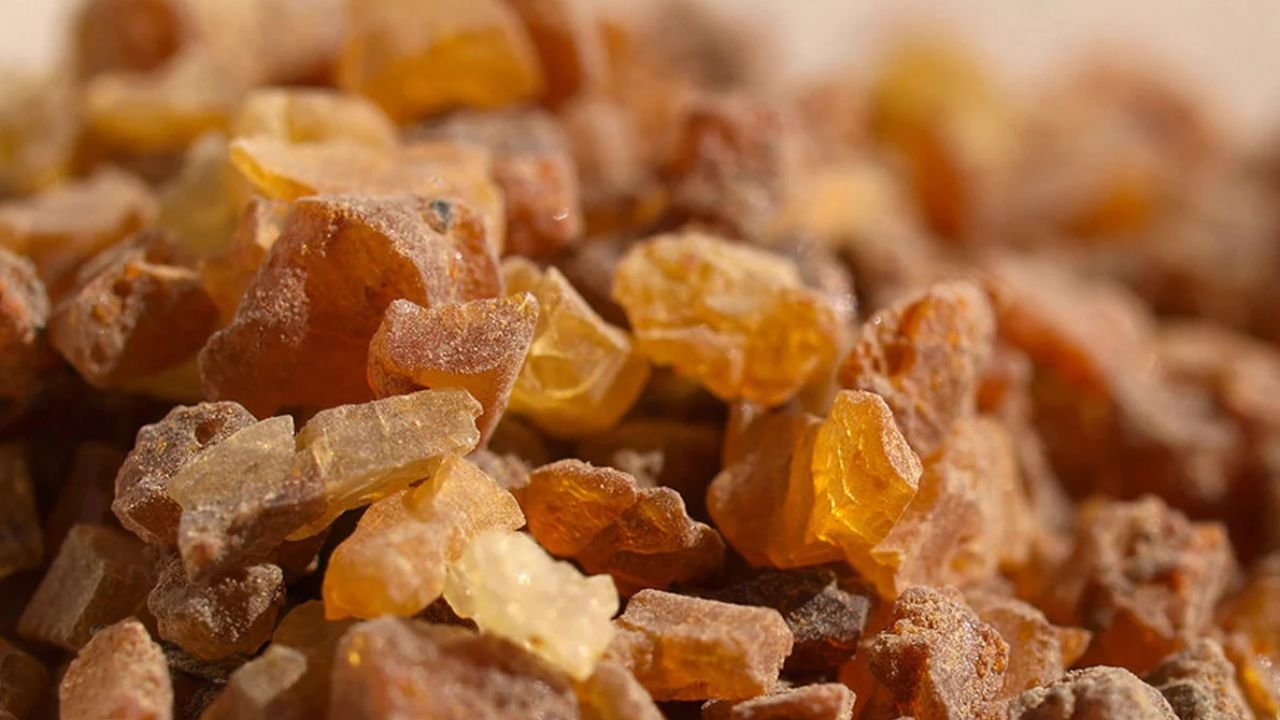
Scientific Name
Commiphora myrrha
Synonyms
Commiphora molmol, Balsamodendron myrrha
Family
Burseraceae
Habit
It is a small, thorny tree. It typically grows to a height of 3-5 meters. It has gnarled branches and its bark exudes a fragrant, resinous gum. The tree has trifoliate leaves with small, white flowers.
Habitat
It is native to arid regions of the Arabian Peninsula (especially Yemen and Oman), northeastern Africa (including Somalia and Ethiopia), and parts of India. It thrives in rocky, desert environments where it is hardy.
Common Name
Myrrh, Guggul (in some regions)
Chemical Composition
- Sesquiterpenes: Known for their anti-inflammatory and analgesic properties.
- Triterpenoids: rich in Compounds such as commiphoric acids and guggulsterones.
- Essential oils: Myrrh contains many essential oils, including myrcene, limonene, and elemol.
- Resins and gums: These contain complex polysaccharides.
Plant Parts Used
The main part used medicinally is the gum resin, collected by making incisions in the bark.
Properties
Ayurvedic Properties
Rasa (Taste): Bitter, Pungent, Guna (Quality): Light, Dry, Virya (Energy): Heating, Vipaka (Post-Digestive Effect): Pungent
Therapeutic properties
It has many medicinal properties, including:
- Anti-inflammatory: It reduces inflammation and swelling, making it beneficial for conditions like arthritis.
- Antimicrobial: It exhibits strong antibacterial, antifungal, and antiviral properties.
- Antioxidant: It supports overall health by protecting cells from oxidative damage.
- Analgesic: Provides pain relief during various illnesses.
- Astringent: Helps tighten tissues and reduce bleeding, especially useful in wound healing.
- Expectorant: Aids in clearing mucus from the respiratory tract.
- Carminative: It relieves flatulence and promotes digestion.
Uses of Myrrh
- Wound healing: Myrrh has antiseptic and astringent properties which is why it has been used for centuries to treat wounds, cuts, and abrasions.
- Oral health: It helps fight oral pathogens and maintain gum health which is why it is a common ingredient in mouthwashes and tooth powders.
- Digestive health: It can be used to treat digestive disorders like indigestion, gas, and stomach ulcers.
- Respiratory conditions: Myrrh is known for its expectorant properties, which can effectively treat respiratory ailments like bronchitis and pharyngitis.
- Skin care: It has antimicrobial and anti-inflammatory properties which is why it is used to treat skin conditions like eczema, athlete’s foot, and acne.
- Perfumes and cosmetics: Myrrh is a popular ingredient in perfumes and skin care products due to its aromatic properties.
Precautionary Measures
While Myrrh is generally considered safe for use, there are some precautions to keep in mind:
- Pregnancy and Breastfeeding
- Allergic Reactions
- May interact with Drug Interactions
- Dosage: Adhering to recommended dosages is crucial as excessive intake can lead to toxicity.
Conclusion
Myrrh remains a valuable ingredient due to its rich history and diverse therapeutic properties. It has many properties that make it beneficial for many disease conditions. However, it is important to consult a doctor before using it.
Remember, before starting any new wellness regimen, it’s always best to consult with a healthcare professional to ensure it is suitable for your specific needs and circumstances.

